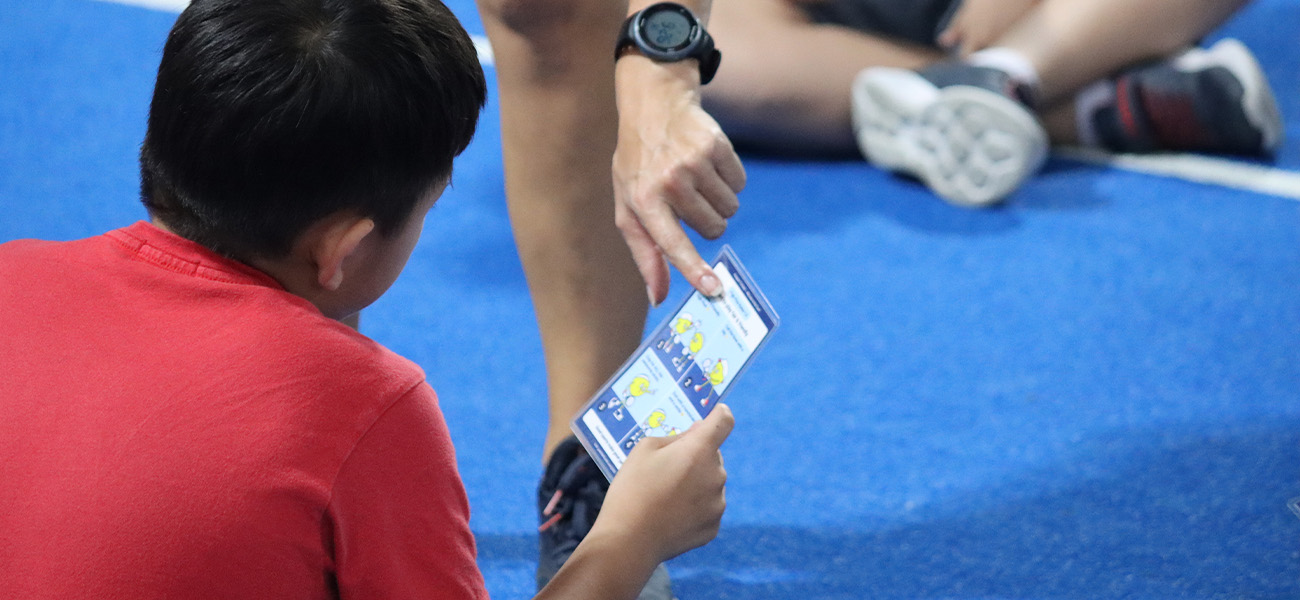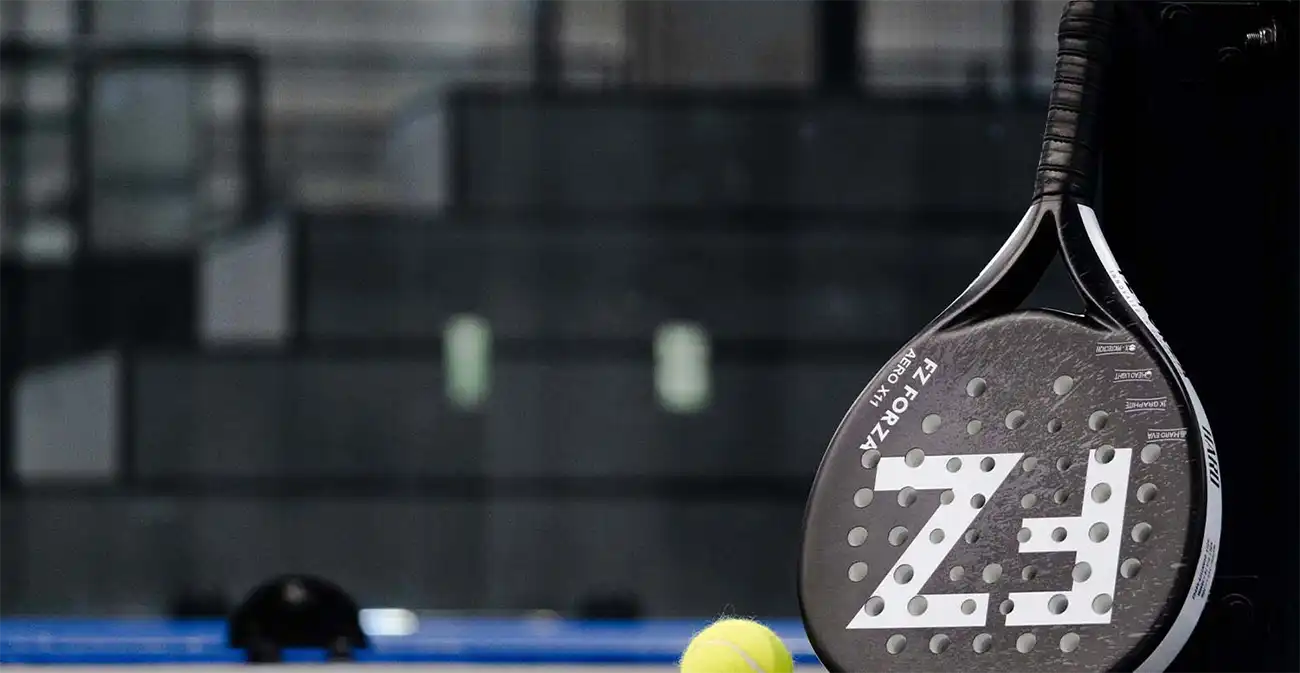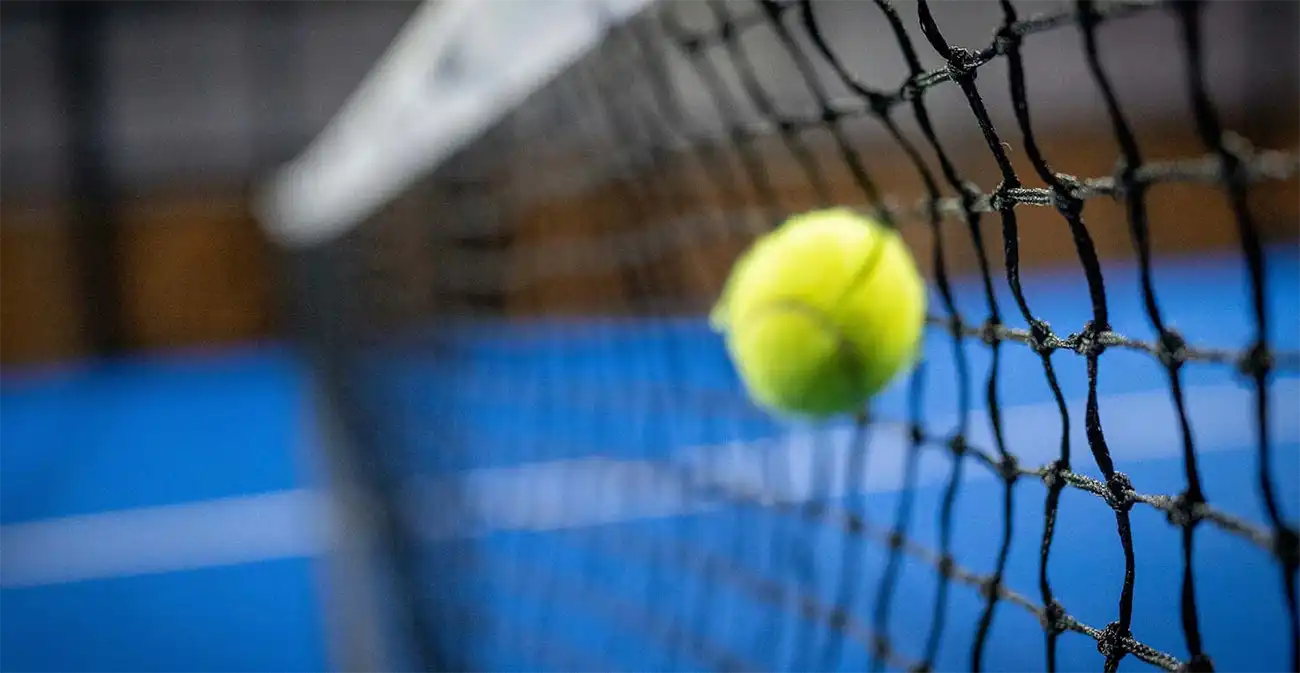Key takeaways
- A good padel club offers clean, well-maintained courts, strong lighting, and safe, accessible facilities.
- Friendly staff and an inclusive community help new players feel welcome and supported.
- Clubs that offer league play, coaching, and junior court time are more likely to be active and well run.
- For families, look for signs that kids are genuinely included, such as junior events, kid-friendly coaches, and visible supervision.
Thinking of joining a padel club? Start here
Choosing a padel club is about more than just location or cost. You want a place where you enjoy playing, feel supported, and actually look forward to coming back. That means clean courts, helpful staff, a safe and convenient setting, and a club culture that makes it easy to join in. And if your kids are playing too, it helps to know they’ll be included and looked after.
No club is perfect. But if most of the points below are covered, or at least show signs of attention, you’re probably in a good spot. Use this list as a guide. You’re not looking for perfection. You just want something close enough to feel like the right fit.
Let’s look at the 10 ways you can spot a good padel club
5 general areas to check for the right club to join
Before you commit to a padel club, take a few minutes to look beyond the surface. The courts, the people, the facilities and the overall feel all affect your experience. These first five points focus on how the club is run and what it’s like to be part of it. They’ll help you figure out whether you’re looking at a place that is well organised, friendly and worth your time.
1. The facilities
A good padel club starts with clean, well-maintained courts. The surface should be in top condition, the glass panels clear and secure, and the nets set up properly. Lighting matters too. Whether you’re playing early or late, strong and even lighting makes a real difference. It also shows the club is investing in the quality of the playing experience.
Modern change rooms, clean toilets, shaded areas to wait and somewhere to sit between games all help make the club feel more comfortable. These may seem like small details, but they show how much attention the club gives to member experience. A club that looks after its space is likely to care just as much about its people.
2. Safe location and easy access
Look for a club in a safe, well-lit area with secure parking. Whether you’re arriving alone, with kids or after dark, you want to feel comfortable walking to and from your car. It also helps if the parking area is close to the entrance, not across a busy road or at the far end of a shopping centre.
Clubs that are close to public transport routes are another bonus, especially for juniors or younger members who might not drive. If the club is easy to get to, you’re more likely to use it regularly. Accessibility makes a big difference when deciding whether a club will fit into your routine.
3. Standard of coaching and player activity
Even if you’re not signing up for lessons straight away, it’s a good idea to ask about the coaching team. Are they qualified? Do they coach juniors and adults? A strong coaching presence often shows that the club supports player development, not just casual hits. If you can, ask other members for a referral or check for online reviews.
It’s also worth seeing how active the club is in local or regional leagues. If club members regularly take part in organised competition, or if the club hosts events, it usually points to a more committed and organised environment. That doesn’t mean it’s not friendly. It just shows that people take their padel seriously and enjoy being involved.
4. Friendly staff and welcoming members
First impressions at reception can tell you a lot. A friendly greeting, staff who know members by name and clear information about joining or booking courts all help you feel more at ease. Clubs that invest in a good front desk team usually have a strong sense of community behind the scenes as well.
Look at how members interact. Are people saying hello to each other? Are games being arranged casually? A club that holds social events, even something simple like a Friday evening drop-in, makes it easier for new members to settle in and feel part of things.
5. Inclusive community
The best padel clubs make it easy for anyone to join in. Whether you’re a beginner or experienced, new in town or just starting out, you should feel welcome. A club with a good community helps people mix, arrange games and feel like they belong.
This could be as simple as a WhatsApp group for organising matches or regular mixed-level sessions. What matters is that players are open and approachable. If the atmosphere feels relaxed and friendly, you’ve probably found the right place.
5 extra things to check if you want a padel club that’s good for kids
If you’re choosing a club with your child in mind, the first five points still matter. A clean, well-run, welcoming club is a good place for anyone to play. But when kids are involved, there are a few more things worth checking. These next five points will help you spot whether a club is set up to support younger players and make their experience a positive one.
6. Dedicated court time for juniors
One of the easiest ways to tell if a club welcomes kids is whether it offers set times for junior play. Look for after-school slots, weekend bookings or junior-only court access. This shows that the club makes space for younger players to learn and enjoy the game without being pushed to the side by adult sessions. If junior times are squeezed into off-peak hours or hard to find, that may suggest they’re not a real focus.
Ask how many children usually show up to these sessions. If court time is available but rarely used, that tells a different story. A strong junior turnout shows that the club actively encourages kids to play and creates an environment where they feel they belong. It also makes it easier for your child to meet other players their age and settle in more quickly.
7. Junior events and match opportunities
Even if your child is just starting out, it helps to know that the club offers opportunities to get involved beyond lessons. Junior leagues, matchplay sessions, and social events give kids a goal to work towards and a sense of being part of something. These activities don’t need to be competitive. Often they’re focused on fun, confidence and community.
Ask whether the club runs regular events or joins in with inter-club match days. If junior activities are visible and well attended, that’s a good sign the club takes young players seriously. On the other hand, if events are irregular or rarely mentioned, it may be harder for your child to stay motivated and engaged.
8. Coaches who are used to working with kids
Not every good padel coach is a good junior coach. Teaching children takes a different approach, with more patience, encouragement and a focus on fun as well as progress. Ask whether the club works with coaches who are comfortable teaching younger players, especially beginners.
Even if coaching is provided by an outside academy, it matters who the club partners with. Clubs that value kids will usually have a relationship with coaches who know how to create a safe, fun and structured learning experience. If you can, ask other parents what their kids think of the coaching. That can tell you a lot.
9. A safe and watchful setting
A kid-friendly club doesn’t just think about the courts. It also pays attention to the space around them. Are staff members visible and easy to approach? Is it easy to supervise where the kids are, or are there areas where they might wander off? A club that’s mindful of safety will have a clear sense of flow and layout.
Look for small signs that show thought has gone into how children move through the space. This might include designated drop-off points, check-in systems, or having coaches and staff around while kids are on court. These details help create an environment where your child can feel confident and safe, and where you feel comfortable leaving them.
10. Kids are visible and involved
You can often tell a lot about a club just by walking in the door. Are there posters of junior events on the walls? Are kids shown on the website or social media? Is there a noticeboard with results or pictures from junior leagues? These are all signs that children are seen as part of the club, not just an afterthought.
Even better, take a look around while you’re there. If you see children playing, chatting to staff or joining in casually with older players, that’s a strong sign of a welcoming atmosphere. Clubs that support junior members tend to be proud of them and make space for them to be seen. If kids are clearly part of daily life at the club, your child will be more likely to enjoy their time there.
Easy comparison table at a glance:
There is no such thing as a perfect club, but if most things on the left look familiar, you’re probably in the right place.
Below is a comparison table based on the ten main points from both the general and kid-focused sections:
| Good sign 🟢 | Red flag 🔴 |
|---|---|
| Clean courts, even surface, bright lights | Sagging nets, dirty glass, dim lights |
| Tidy, modern toilets & changerooms | Old or unclean facilities |
| Easy access, safe parking | Hard to reach, poor parking |
| Qualified, visible coaches | No coach info or badges |
| Leagues & events on the calendar | No events, no dev culture |
| Friendly, helpful reception | Uninterested or curt staff |
| Sociable, welcoming players | Cliquey groups, hard to join |
| Regular junior court slots | Kids squeezed between adults |
| Visible junior events & leagues | No kids’ activities advertised |
| Kid‑friendly, adaptable coaching | Rushed or too serious lessons |
| Children supervised on court | Kids left unattended |
| Junior posters & results displayed | No junior presence in club |
What could the future of padel clubs look like?
As padel continues to grow, clubs will likely start offering more than just courts and coaching. You might see full padel academies emerging, with structured junior development, fitness support, and tailored training programmes. For serious young players, this could include progression pathways and performance tracking to help them move from beginner level to competitive matchplay.
Technology will probably play a bigger role too. Some clubs may introduce video systems to record training sessions, making it easier for coaches and players to spot patterns and correct mistakes. You might also see more clubs using audio setups and recording equipment during tournaments or special events. Visiting coaches could run high-level training days that get filmed and shared to club YouTube channels or social media.
Looking further ahead, successful clubs will likely position themselves as community hubs as well as sports venues. Expect more social spaces, casual events, school partnerships, and a stronger digital presence. The clubs that adapt and invest in these areas are the ones most likely to thrive and stay relevant as interest in padel continues to spread.
In conclusion
A good padel club is about more than just nice courts or convenient locations. It’s a mix of thoughtful facilities, a safe and welcoming environment, helpful staff, and a player community that makes it easy to join in. If the club supports a strong coaching setup and has an active calendar of matches or events, that’s another sign you’re in the right place.
If you’re choosing a club for your child as well, look for places that treat juniors as a valued part of the membership. Dedicated time slots, coaches who work well with kids, and a safe and friendly space go a long way. You may not find a club that ticks every box, but if it covers most of them, you’ve likely found a place worth joining.
FAQs
1. How do I know if a padel club is right for beginners?
Look for clubs that offer beginner sessions or social mix-ins. If people are friendly and the atmosphere is relaxed, it’s likely a good starting point.
2. Are junior programmes available at all padel clubs?
Not always. Some clubs have strong junior programmes, while others focus more on adult players. Ask about regular junior sessions or events.
3. Should I prioritise location or facilities when choosing a club?
Ideally, you want both. But if you have to choose, pick a club you’ll use regularly. A convenient location often makes all the difference.
4. What’s a good sign that a padel club is family-friendly?
Friendly staff, safe surroundings, and signs of junior involvement (like posters or photos) usually mean the club welcomes families.
5. Do padel clubs offer trial memberships?
Some do. It’s always worth asking if you can try a session or book a short-term pass before signing up.
Discover more about Padel

Playing padel with kids: 5 easy to use starter tips

Best kids padel coaching and what to look for

10 ways you can recognise a great padel club